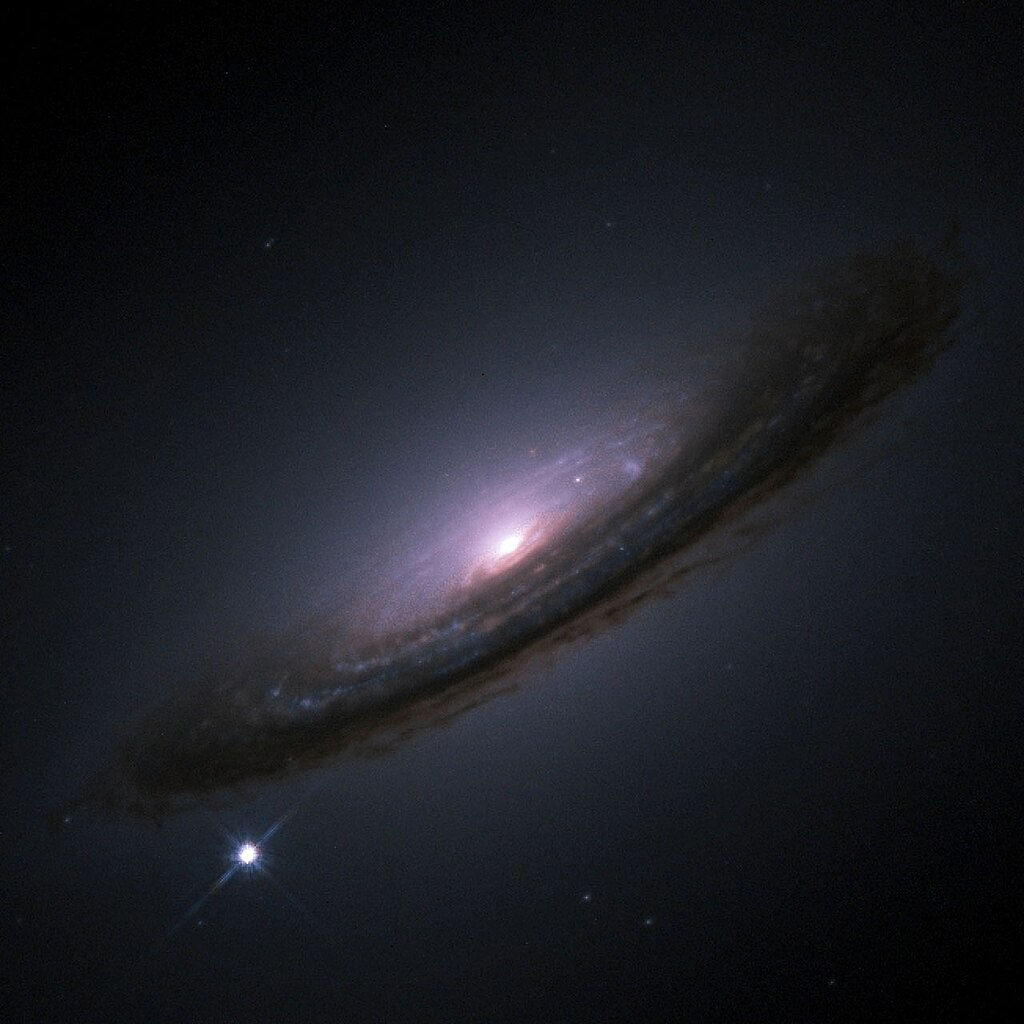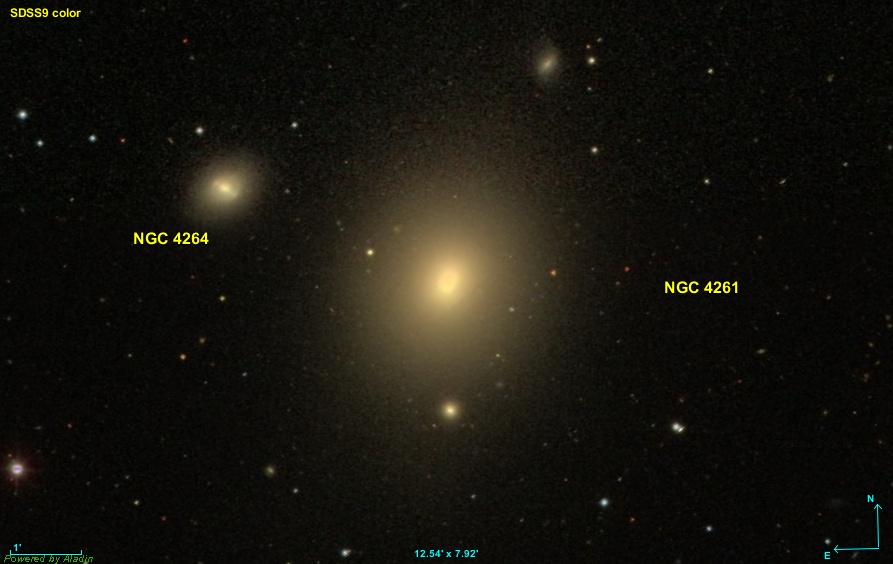https://en.wikipedia.org/wiki/Clef wrote:
<<A clef (from French: clef 'key') is a musical symbol used to indicate which notes are represented by the lines and spaces on a musical stave. When a clef is placed on a staff it assigns a particular pitch to one of the five lines, which in turn gives pitch value to the remaining lines and spaces.
The three clef symbols used in modern music notation are the G-clef, F-clef, and C-clef. Placing these clefs on a line fixes a reference note to that line—an F-clef fixes the F below middle C, a C-clef fixes middle C, and a G-clef fixes the G above middle C. In modern music notation, the G-clef is most frequently seen as treble clef (placing G4 on the second line of the stave), and the F-clef as bass clef (placing F3 the fourth line). The C-clef is mostly encountered as alto clef (placing middle C on the third line) or tenor clef (middle C on the fourth line). A clef may be placed on a space instead of a line, but this is rare.
The use of different clefs makes it possible to write music for all instruments and voices, regardless of differences in range. Using different clefs for different instruments and voices allows each part to be written comfortably on a stave with a minimum of ledger lines. To this end, the G-clef is used for high parts, the C-clef for middle parts, and the F-clef for low parts. Transposing instruments can be an exception to this—the same clef is generally used for all instruments in a family, regardless of their sounding pitch. For example, even the low saxophones read in treble clef.
The only G-clef still in use is the treble clef, with the G-clef placed on the second line. This is the most common clef in use and is generally the first clef learned by music students. For this reason, the terms "G-clef" and "treble clef" are often seen as synonymous. The treble clef was historically used to mark a treble, or pre-pubescent, voice part.
Instruments that use the treble clef include violin, flute, oboe, cor anglais, all clarinets, all saxophones, horn, trumpet, cornet, vibraphone, xylophone, mandolin, recorder, and bagpipe. Guitar also uses the treble clef, sounding an octave lower than written. Euphonium and baritone horn are sometimes treated as transposing instruments, using the treble clef and sounding a major ninth lower, and are sometimes treated as concert-pitch instruments, using bass clef. The treble clef is also the upper stave of the grand stave used for harp and keyboard instruments. Most high parts for bass-clef instruments (e.g. cello, double bass, bassoon, and trombone) are written in the tenor clef, but very high pitches may be notated in the treble clef. The viola also may use the treble clef for very high notes. The treble clef is used for the soprano, mezzo-soprano, alto, contralto and tenor voices. Tenor voice parts sound an octave lower and are often written using an octave clef or a double-treble clef.>>
 M51: The Whirlpool Galaxy
M51: The Whirlpool Galaxy






